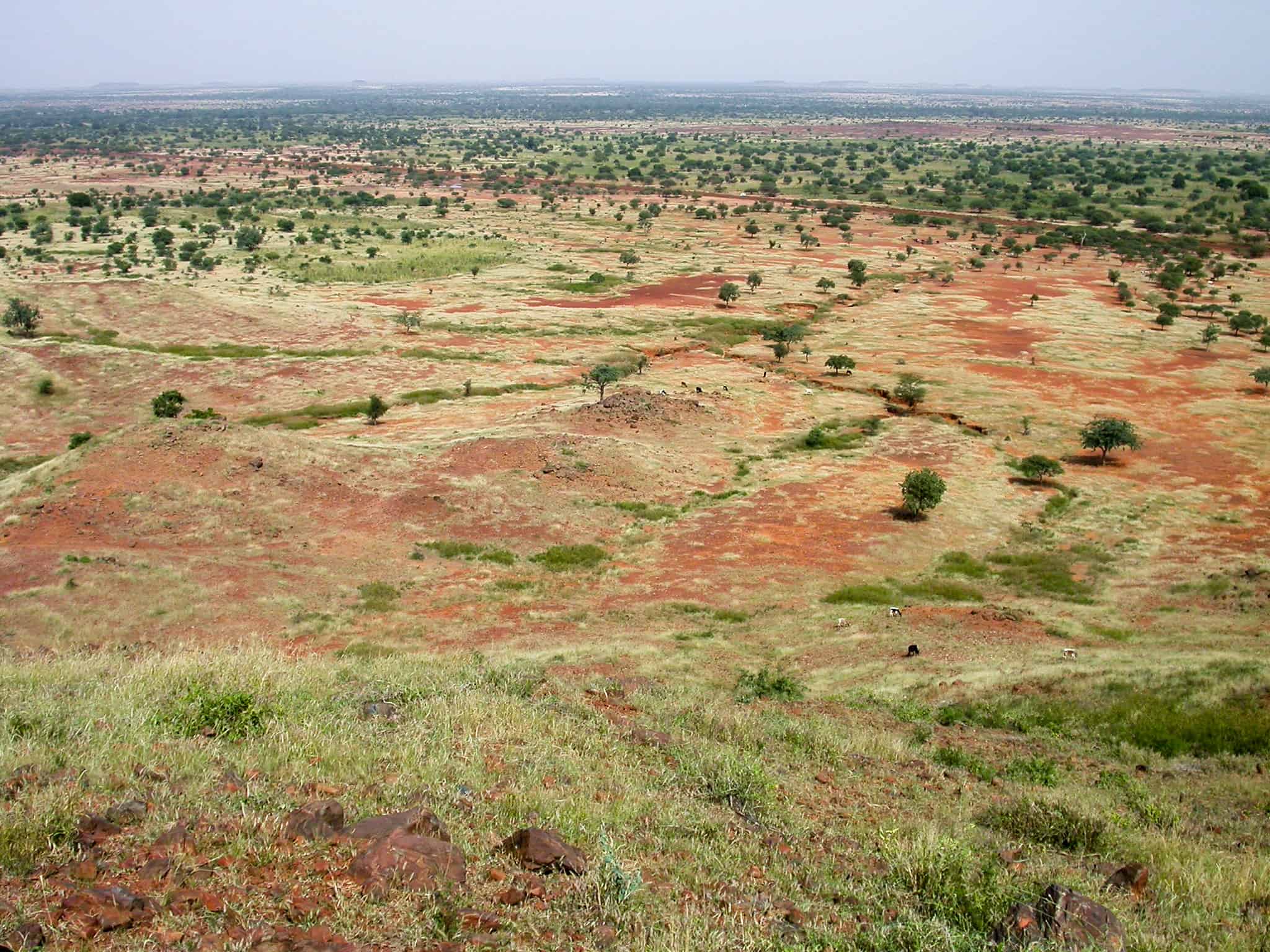
Researchers from the University of Copenhagen and NASA have developed an innovative method for counting trees and calculating carbon sequestration, enabling better management of climate credits and nature restoration. Their study, published in Nature, counted 9.9 billion trees in Africa’s Sahel region, storing 840 million tons of carbon. Using 300,000 ultra-high-resolution satellite images and AI, the team trained a supercomputer to identify individual tree species. This breakthrough technology can monitor tree planting projects and help create more accurate climate models, with potential for widespread adoption by NGOs and public agencies.
The researchers from the University of Copenhagen’s Department of Geosciences and Natural Resource Management and Department of Computer Science collaborated with the American space agency NASA to create this groundbreaking method. By gaining access to 300,000 ultra-high-resolution satellite images of Africa’s Sahel region, the researchers were able to create a mosaic that displays the number of trees from an aerial perspective.
Using artificial intelligence to identify trees
Artificial intelligence played a crucial role in this study. The researchers used deep learning techniques to train one of NASA’s supercomputers to identify individual tree species, such as acacia based on their flat crowns. Professor Christian Igel from the Department of Computer Science highlighted the potential of deep learning techniques in revolutionising the global mapping of individual trees and their biomass.
Carbon storage and climate credits
The Sahel region, one of the world’s driest areas without being outright desert, stores approximately 840 million tons of carbon within its nearly 10 billion trees. Professor Rasmus Fensholt, a key researcher in the study, believes that the new method can be an essential tool for companies when they want to pay for their emissions through carbon credit trading. By providing a reliable way to monitor the actual number of trees in nature and their impact on the climate, this solution helps ensure that carbon trading initiatives are accurately reflected and effective.
Monitoring nature restoration projects
Beyond managing climate credits, the innovative method can be used to investigate the progress of nature restoration projects in regions like the semiarid Sahel, among others. Over the past 10-15 years, significant resources have been allocated to large-scale tree planting projects in arid regions, including those financed by the World Bank. The new method can help map the success of these projects, tracking the survival of the planted trees and their impact on the environment.
Next steps and wider implications
With the groundwork completed, the method is ready to be deployed in the near future by public agencies, NGOs, and others interested in monitoring tree numbers and their carbon content. The research team’s next project will be to examine how the number of trees has evolved over the past decades. By mapping the carbon content of individual trees, as the researchers did in the Sahel, it becomes possible to develop a more accurate understanding of the impact of human and climate-induced changes on ecosystems. This, in turn, helps create more precise climate models that allow us to predict future environmental developments.

